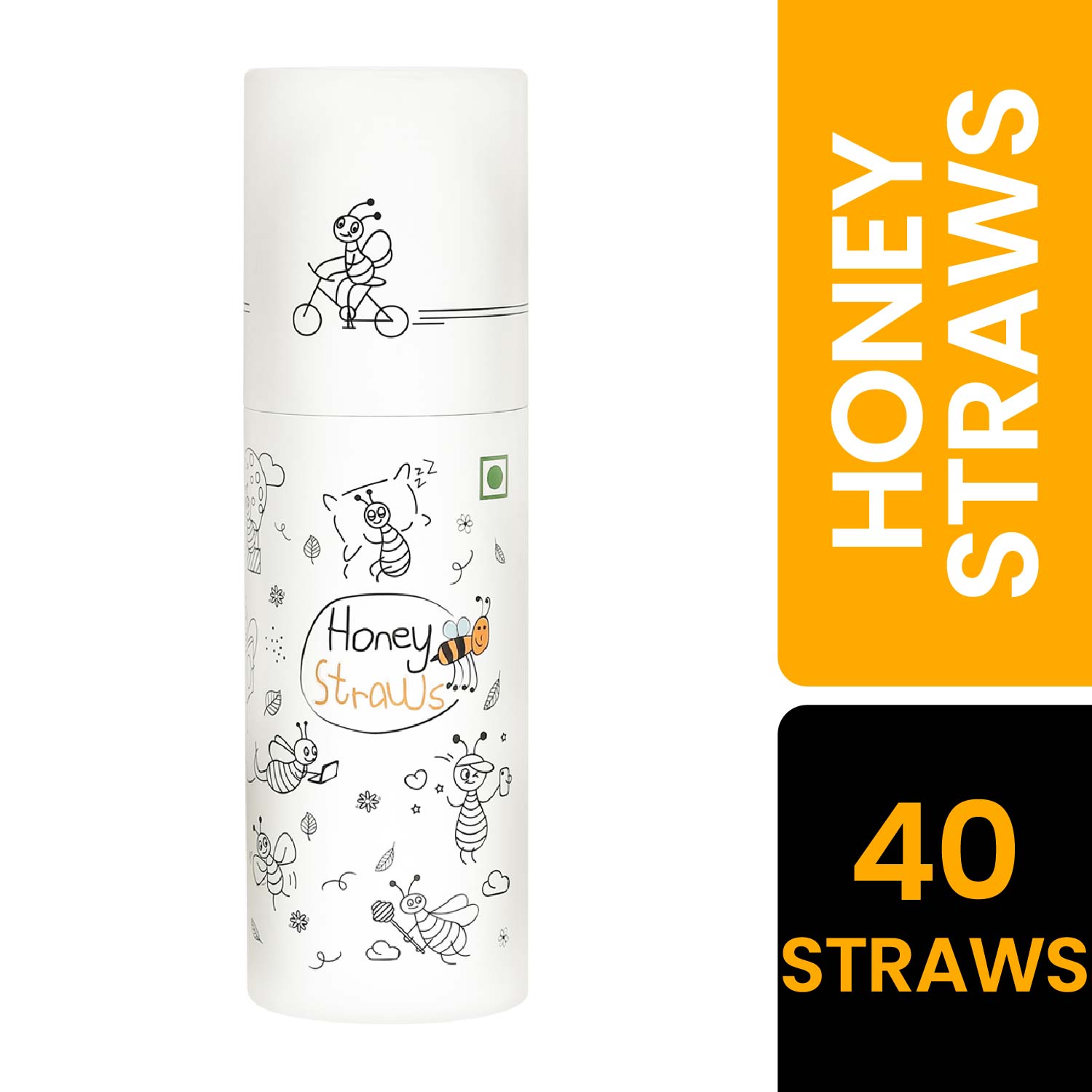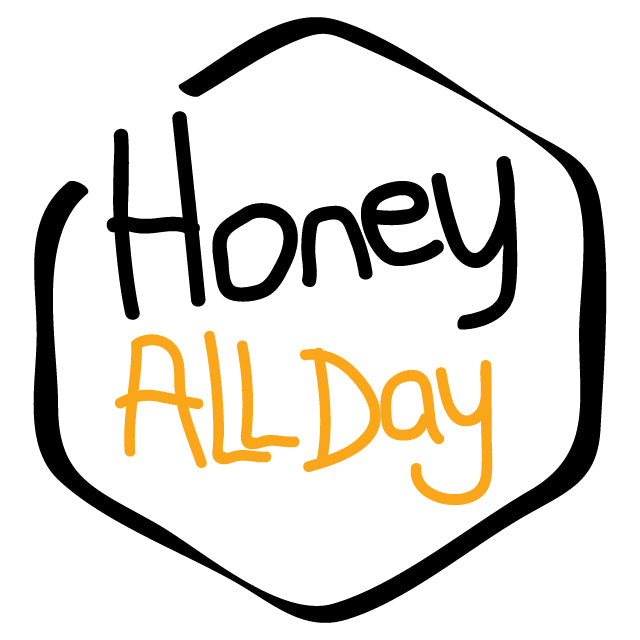Before the arrival of produced sugars made from sugarcane and beet, honey was the only real natural sugar available and mankind has always loved and craved the sweet taste of golden honey. Collecting honey from wild bee colonies is one amongst every foremost ancient act and many indigenous societies in parts of Africa, Asia, Australia, and South America.
To begin or start beekeeping and be able to sustain a healthy and productive colony of bees, it’s important to remember the basic characteristics and properties of bees. This section of the guide will introduce you to the properties of the honey bees which you may keep, the data structure within a beehive, and the way these bees function as a colony.
Study about Bee Family –
Honeybees are social bees and live in hives or colonies which consist of three kinds of adult bees. One colony includes thousands of worker bees, one queen, and many drones.
The worker bees are female, but they do not breed. they’re chargeable for all other activities, like taking care of the queen and her eggs, collecting nectar, building comb, guarding the hive and honey, keeping the hive clean, and producing honey. The queen is the only developed female and her primary function is to get drones (unfertilized eggs) and workers (fertilized eggs) for the colony. The drones are the male bees within the colony. Their main function is to fertilize female parent queens by mating and die soon after successful mating.
For the survival of a colony, all three varieties of bees are needed.
Equipment you need for beekeeping –
1. Hives
The hive is the man-made structure employed by beekeepers for keeping honey bees. it’s usually manufactured from wood, yet, it may also be a product of plastic, polystyrene, or other material. The traditional and regular size for a deep hive body is nineteen 7/8″ long, 16 1/4″ wide and 9 5/8″ tall. A deep hive body turns heavy when loaded with bees, honey, and pollen. So most of the beekeepers use the medium size super for hive bodies.
2. Frames
Frames are of rectangles shapes that hang within a hive-like classification system. The honey bees will construct their comb within these frames. This can be the place they’ll make honey, lay brood, and live their lives planning for winter.
3. Protective clothing:
– Bee veil
Bee veil is the most vital equipment for beekeepers. He wears it over the top to shield his face and neck from the stings of bees while taking honey or inspecting the hive. A beekeeper should wear a bee veil to shield his face and neck from stings. Three basic sorts of veils are available within the market. First are people who are open at the highest to suit over a hat, second are completely hatless veils and third are veils that form a part of a honey bee suit.
– Bee Suit
A wide variety of bee suits are available within the marketplace for the beekeepers during a wide price range. White or tan clothing is most fitted when managing honey bees. Different colors are worthy, but honey bees respond to the dark hues, fluffy materials, and garments made of animal products.
– Gloves
Gloves are another essential and cheap tool for beekeeping. It protects your hands from bee stings. Without wearing gloves one can’t even imagine touching the hive. So while purchasing gloves confirm that the gloves should be manufactured from sturdy material.
– Shoes
Shoes are a vital part of beekeeping. It’s necessary to hide from top to bottom before digging the hive. The beekeeper has to wear boots which should belong within the leg, easy to eat up the bee suit, made from hard material with strong soles too.
– Smoker
The bee smoker is a necessary piece of a beekeeper’s toolbox. Without the smoker, beekeepers would endure plenty more stings during a hive investigation. These designed smokers are required to calm bees when the beekeeper needs to add the hive.
– Hive tool
A hive tool is additionally an important, low-priced, and multipurpose tool that’s employed in maintaining and investigating apiaries. It’s available in several variations and designs. It’s considered the third most important tool for the beekeeper after the beekeeping veil and bee smoker.
– Queen Catcher
A queen catcher could be a convenient tool to separate the queen for ages from the bee crowd.
– Feeders
A feeder could be a vessel or apparatus utilized by beekeepers to feed pollen, honey, or substitutes sort of a mixture of sugar and water to the honey bees of a colony. In some seasons when things either have stopped sprouting or are standing by to blossom. At this point, your honey bees would force you to help them with enhancing their food supply.
– Bee Brush
Bee brushes are used to separate the bees from the honey frames. After evacuating the frame, shake it to unstick the bulk of the bees and afterwards use the bee brush, and brush over the rest of the honey bees from the frame.
4. Beekeeping Tasks
Throughout the year there are several beekeeping tasks that you can carry out to ease the growth of your hive and the health of your bee colony. These tasks can be categorized by season as follows:
– Spring: Springtime is the best season to start a new hive and feed your pre-existing bees if necessary. During the winter they will have relied upon their summer food stores which may be depleted by spring. Or, if your hive has any excess honeycomb stores left over the winter, now is the time to harvest it. If you need to add any new chambers to your hive or carry out any repairs then springtime is also the ideal season during which to carry out these tasks.
– Summer: During the summer your bees will be working at their fastest rate; building honeycomb, bringing nectar and pollen back to the hive, and caring for their brood. As a result, there are a few tasks which you will need to carry out during the summer months. But, it is worthwhile checking on your bees to prevent any future problems from occurring.
– Autumn: During the autumn months you will need to begin preparing your hive for the cold winter months. This will need providing your bees with enough food stores to survive through the winter and into the spring, as well as reducing the hive entrance, facilitating effective ventilation channels, and applying guards against pests and rodents.
– Winter: Winter is the season during which your bees are susceptible to cold and severe weather conditions. Regularly, your bees will need to maintain temperatures between 22 and 25 degrees Celsius for the general colony, 34 to 35 degrees Celsius for the brood chamber, and up to 40 degrees Celsius for honey maturation. As a result, you must cover your hive with a protective jacket.
How can you collect Truly Raw Honey?
Beekeepers depend upon the very fact that bees tend to supply more honey than they have. To push through the winter, honeybees make and store between 10kg-30kg within the hive, but need only about 10kg to survive. The skill of the beekeeper is to grasp what proportion of honey to need and what quantity to go away to keep the colony happy.
In August, you’ll be able to collect your honey, as by then most flowers will have bloomed (unless you live near heather moors, as heather flowers later). During a good summer, you must harvest about 40lbs of honey. In autumn you would like to position the ‘stolen’ honey by feeding your bees a sugar solution. Then you can shut your shop in winter whilst protecting the hive from unwelcome visitors like mice and woodpeckers.
And that’s how you continue the cycle of beekeeping!





